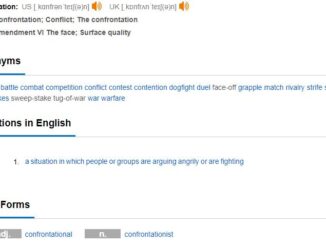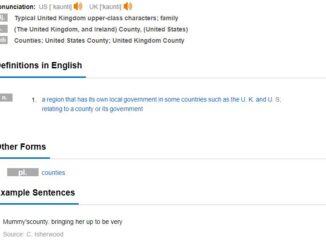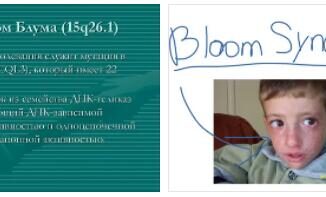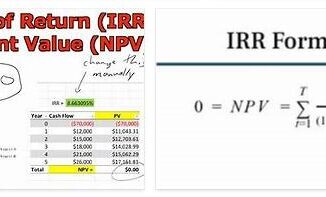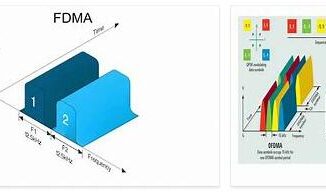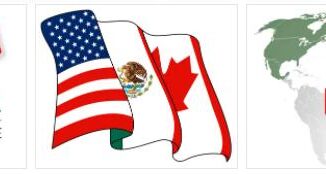An abbreviation is a shortened form of a word or phrase. It is used in place of the full version and can help save time and space when writing or speaking. Common examples include “etc.” for “et cetera” and “Mr.” for “Mister”. Abbreviations can be found in many different languages and are often used to denote titles, ranks, positions, or other official titles. In English, there are several types of abbreviations. Acronyms are words formed from the initial letters of other words in a phrase; for example, WMO stands for World Meteorological Organisation. Initialisms are similar to acronyms but use only the initial letter of each word; for example, IAEA stands for International Atomic Energy Agency. Contractions are abbreviations that combine two words into one; for example, “can’t” is short for “cannot”. Abbreviations can also be found in mathematics and science. Mathematical symbols such as + (plus) and – (minus) are commonly used to denote operations or functions. In science, abbreviations such as pH (potential hydrogen) or H2O (water) may be used to represent chemical elements or compounds. Abbreviations can make communication easier by providing a shorthand way to refer to concepts that may otherwise take up more space when written out in full. They should always be used with care however, as some may be confusing or misleading if not properly understood by all parties involved in the communication process.

Everything about External Hard Drive
Hard disks (known in some countries as rigid disks) are computer elements that allow the storage of data that computers (computers) take advantage of during […]






